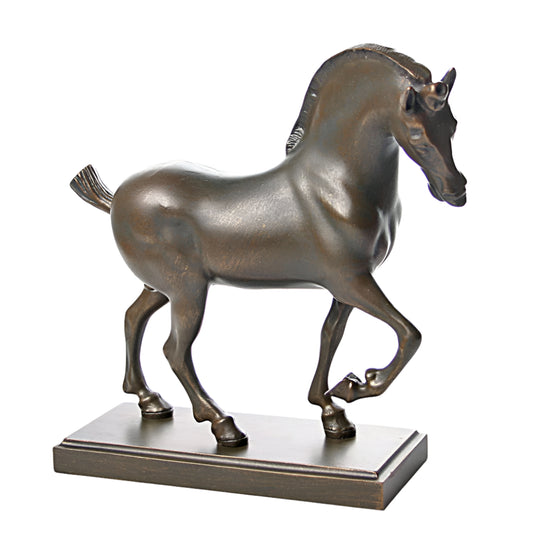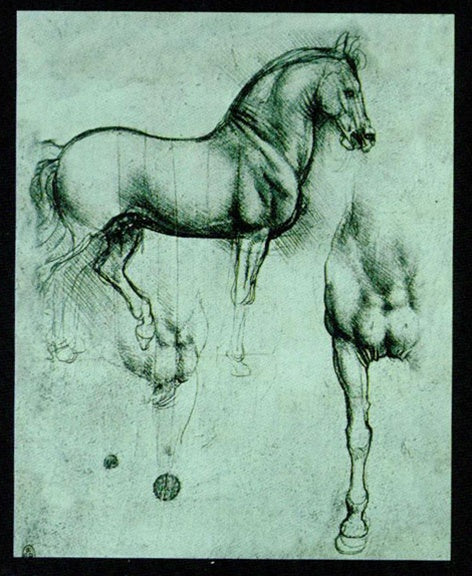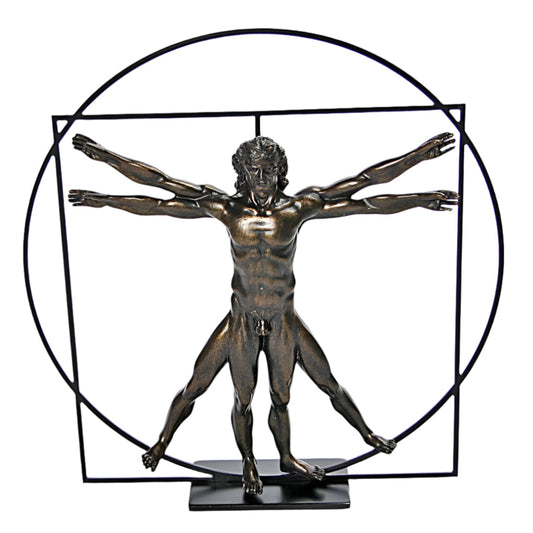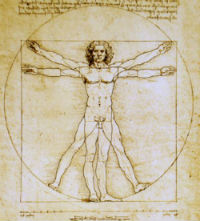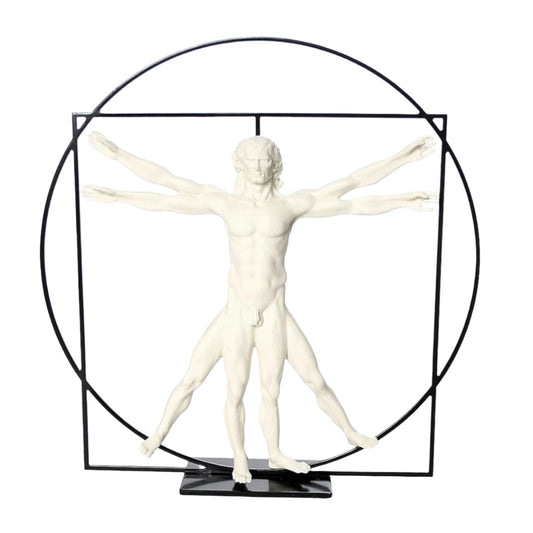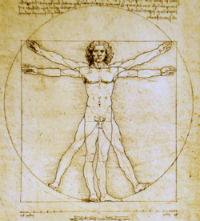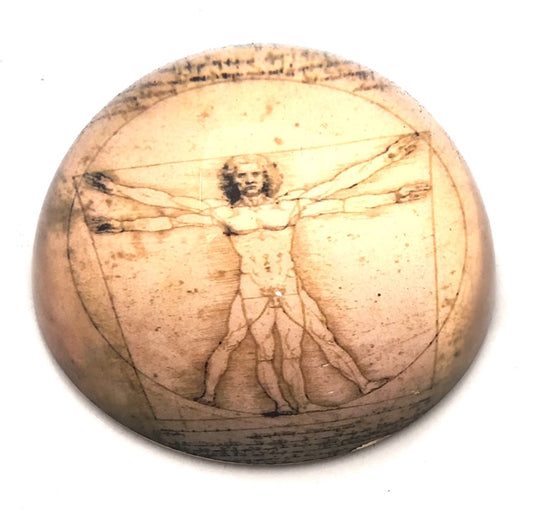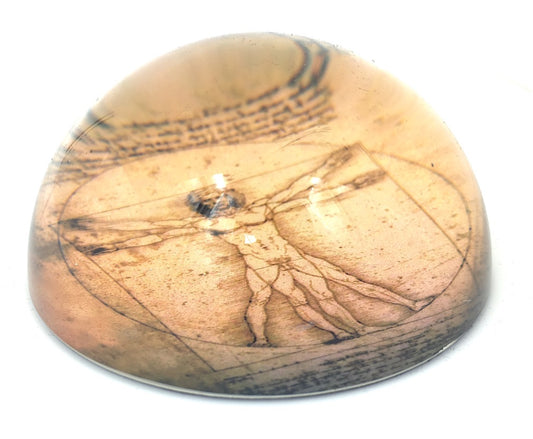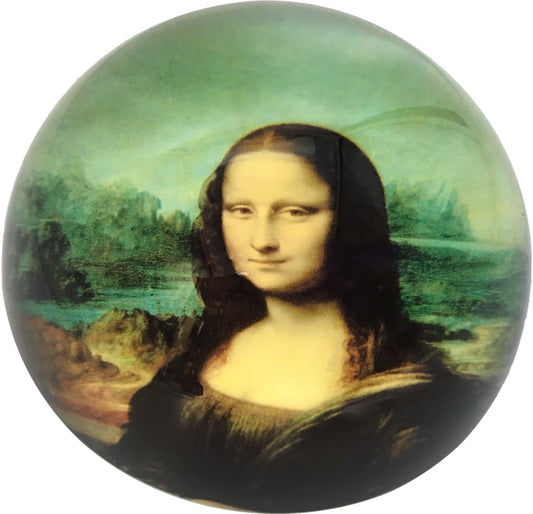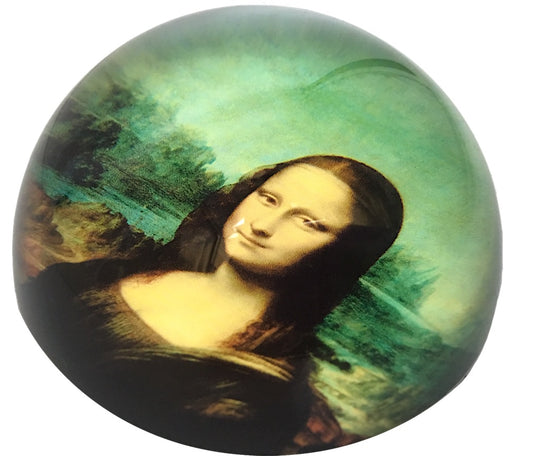Collection: Davinci | Universal Man
Leonardo Da Vinci (1452-1519) was the archetypal example of the Renaissance ideal, homo universalis, as translated from Latin. His artworks of the Mona Lisa and Man in Circle with Arms Outstretched (Universal Man) are synonymous with Italian Renaissance greatness. As a Renaissance man, he engaged in almost every art and science from painting to composition and from philosophy to chemistry. Leonardo was born in the Tuscan mountain town of Vinci as the illegitimate son of a farm girl and a Florentine notary. He started as an apprentice to Verrocchio and rose to become an independent painter with his studio. From 1482-1499, he worked for the Duke of Milan. Due to the French siege of Milan, he was forced to return to the region of his birth where he worked for Cesare Borgia as a military architect and engineer. For ten years from 1506 onwards, he worked in Milan and Rome. During the last three years of his life, he was employed by the French King Francois. We show a page from his notebook that shows his exploration of the proportions of an ideal being as it fits geometrically inside a circle.
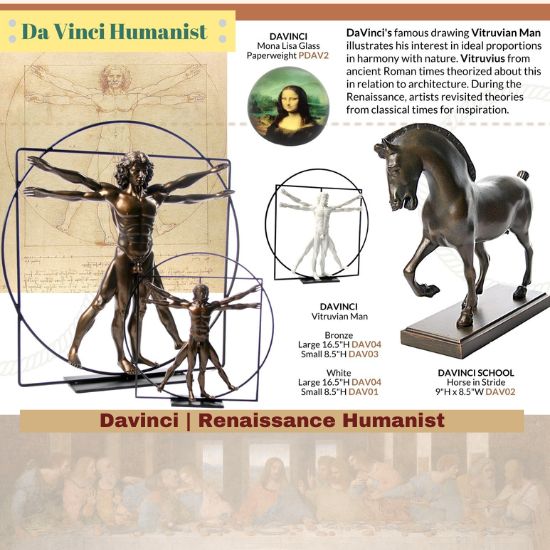
-
Horse Statue Active Walking Renaissance by Leonardo daVinci School Desk Statue
Vendor:ParastoneRegular price $136.00 USDRegular priceUnit price / per -
Vitruvian Universal Man Statue by DaVinci, Bronze
Vendor:ParastoneRegular price $98.00 USDRegular priceUnit price / per -
Vitruvian Man – 3D Sculpture by Leonardo da Vinci White
Vendor:ParastoneRegular price $98.00 USDRegular priceUnit price / per -
Vitruvian Man Glass Paperweight by Davinci PDAV1 Parastone
Vendor:ParastoneRegular price $25.00 USDRegular priceUnit price / per -
DaVinci Mona Lisa Glass Dome Desk Museum Paperweight 3W
Vendor:ParastoneRegular price $25.00 USDRegular priceUnit price / per

